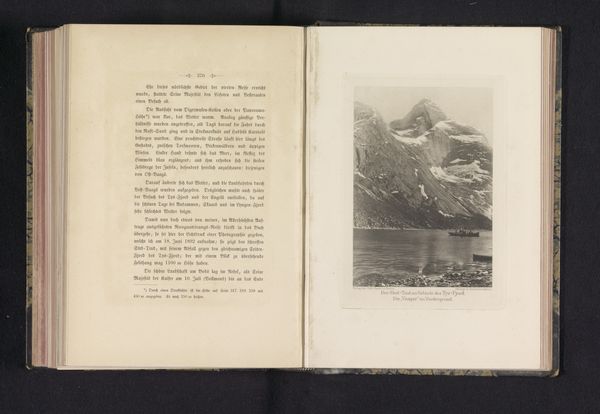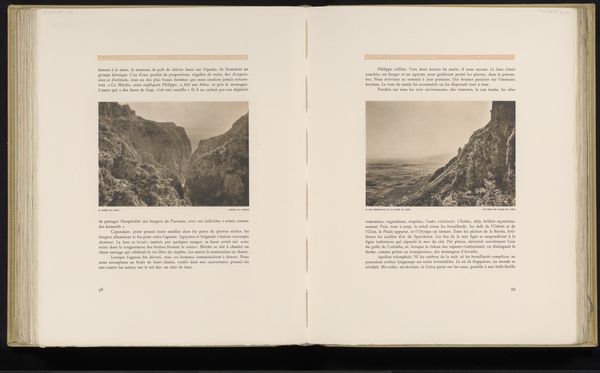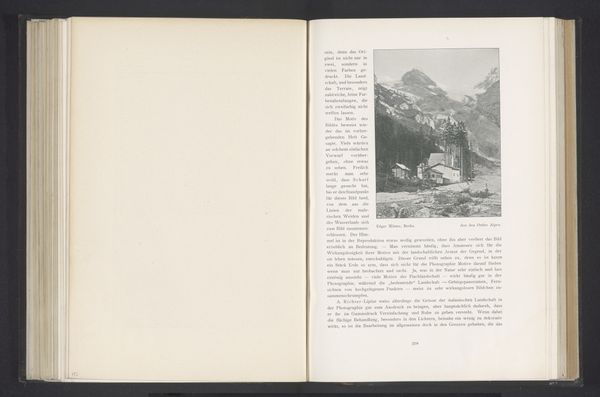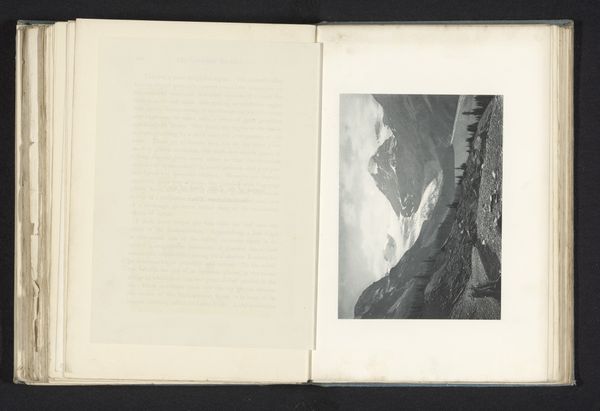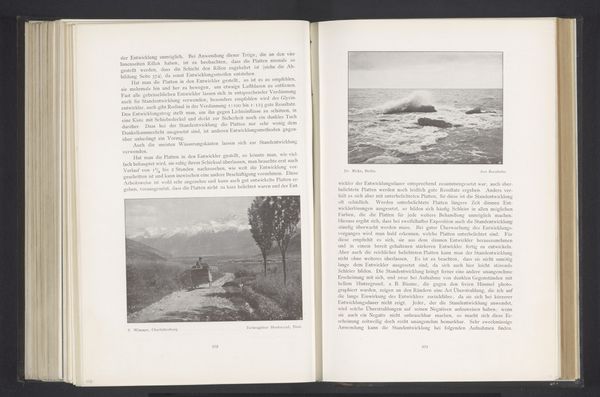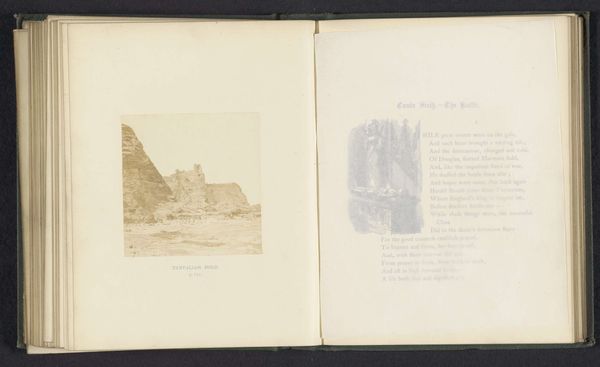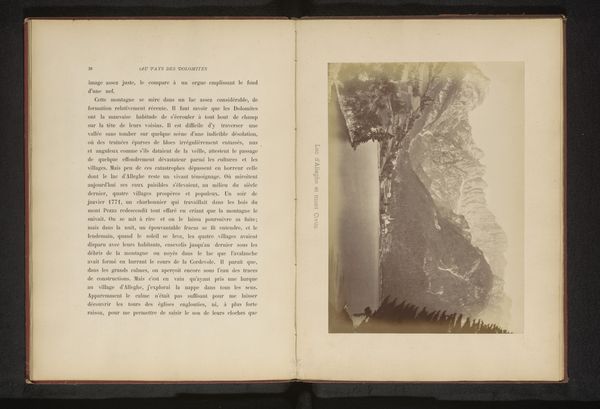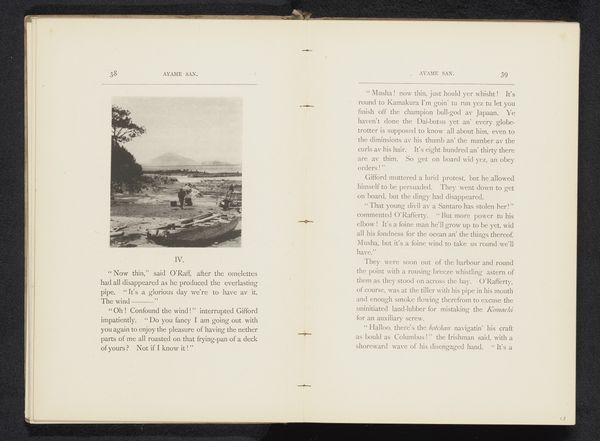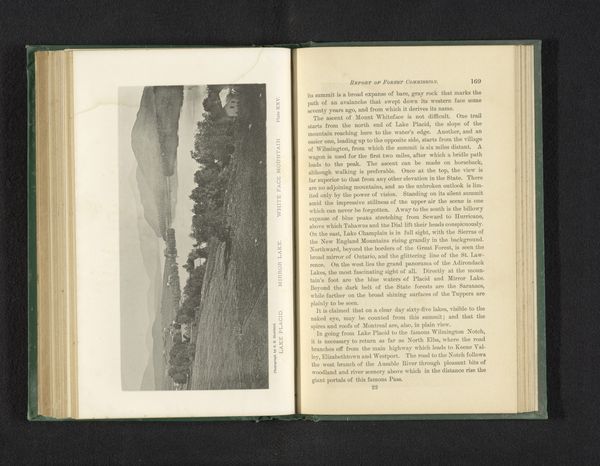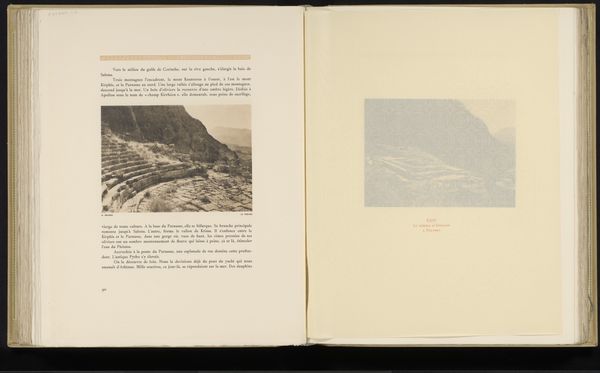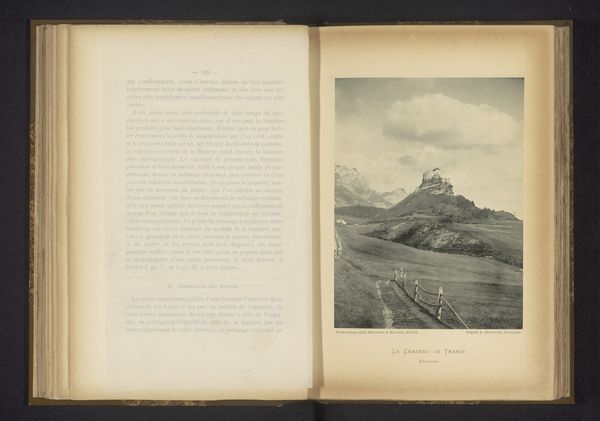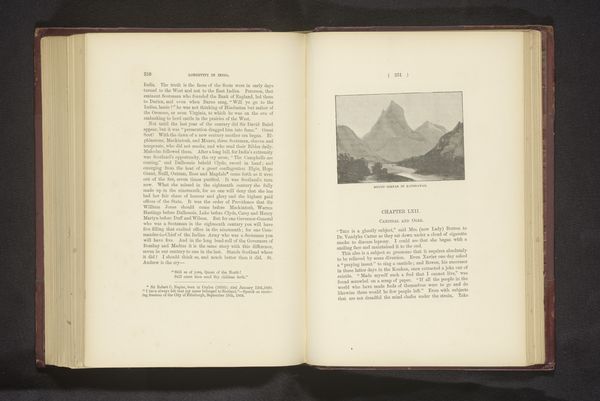
print, photography, albumen-print
# print
#
landscape
#
street-photography
#
photography
#
albumen-print
Dimensions: height 47 mm, width 89 mm
Copyright: Rijks Museum: Open Domain
Curator: This photograph, "Gezicht op een strand te Japan," by William Kinnimond Burton, was taken before 1892 and presented as an albumen print. The serene image captures a solitary figure on a beach. What strikes you most about it? Editor: I think the mood is so calming. The composition is quite simple, almost minimalist, with the lone figure emphasizing the vastness of the landscape. It's like they're contemplating something important, but I wonder, what kind of statement could Burton be making here? Curator: Think about the historical context: this photograph comes from a period of intense Western interest in Japan during the Meiji era. Burton, as a Western photographer, was inevitably framing his subject through a colonial lens. So, that 'calmness' you perceive? We have to ask, whose calmness is it? Is it the calmness of a landscape being documented, or of a culture being observed, categorized, and, perhaps, even subtly consumed? Editor: So, you are suggesting there is maybe a power dynamic that impacts the image? Curator: Exactly. What does it mean to represent another culture, especially when that representation is shaped by the photographer’s own cultural biases and the larger context of colonialism? The figure, alone, emphasizes the potential alienation of an individual facing encroaching modernity or perhaps symbolizes Japan itself, standing resilient amidst Western influence. The very act of photographing, collecting, and displaying these images could be considered part of a larger imperial project. Editor: That shifts my perspective. What I saw as simple and serene, now has a lot more weight. So, what is the activist response to a work like this? Curator: We can learn from it, analyzing its power dynamics and representation. We must recognize that art never exists in a vacuum and photography holds particular significance as the primary document to the modernization of Japanese history. It is the work of the curator to contextualize the art piece and prompt a productive discussion of race, identity and cultural intersection. Editor: I see now that what appears to be a straightforward image is embedded in social and historical context. I'll definitely look at images with a different perspective from now on.
Comments
No comments
Be the first to comment and join the conversation on the ultimate creative platform.
